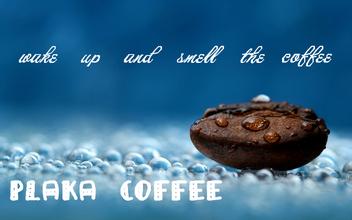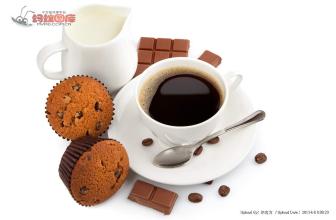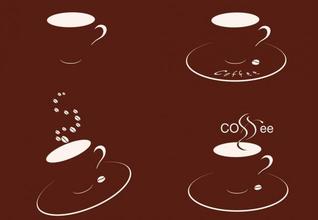Coffee filter cup installation step-Delon coffee machine descaling step coffee tasting four steps
Coffee filter cup installation step-Delon coffee machine descaling step coffee tasting four steps
The material of coffee filter cup
From the above introduction, we can actually see that the most common materials of coffee filter cups are plastic, ceramic and copper. Each has its own characteristics, depending on personal preferences and willingness to invest in the economy. It is worth noting that copper products are likely to rust, so it is best to wipe clean moisture every time you use it, and then keep it in a ventilated place. In addition to the above three most commonly used materials, there are heat-resistant glass, aluminum alloy, tin, stainless steel and other materials, and even in some hot countries in Southeast Asia, there are pure natural and environmentally friendly coffee filter cups woven with plants such as bamboo and Zongma. In fact, as long as the coffee filter cup meets the three basic conditions of filtration, ventilation and heat preservation, it can make good coffee.
Step 1: CHEMEX coffee pot, single-hole filter paper, hand-made pot, coffee beans, grinder coffee cup, flower jar.
Step 2: install the filter paper and wet it with hot water to remove the odor and warm the kettle.
Step 3: adjust the bean grinder and choose the appropriate medium and coarse grinding scale according to the water temperature and bean properties.
Step 4: add the powder and gently pat it flat to reduce the gap between the powder and the powder.
Step 5: hot water is injected into the midpoint, and the "circle" track is expanded, timing and steaming.
Step 6: the distance between the water column and the flour is about 3CM. Control the water flow at a uniform speed and do not mix with air.
Step 7: disposable water injection and segmented water injection.
Step 8: clean the filter paper and coffee grounds.
Step 9: a delicious cup of hand-made coffee is finished.
Temperature and extraction:
Amount of water and powder:
Conclusion: the key to the success of hand-made coffee lies in "steaming". There is no strict definition of "steaming". Let a small amount of hot water permeate all the coffee powder, rest a little to form a filter layer, and let the hot water pass through the coffee powder, because when the hot water passes through the powder, the porous coffee powder will expand and become steamed, forming a thick filter layer. The focus of extraction is on averaging, and the production of a filter layer is an indispensable basic step, which is generally called "steaming".

Important Notice :
前街咖啡 FrontStreet Coffee has moved to new addredd:
FrontStreet Coffee Address: 315,Donghua East Road,GuangZhou
Tel:020 38364473
- Prev

Nova coffee machine cleaning head Chinese instructions for the structure of the head
Cleaning handle of Nova coffee machine: remove the filter cup, remove the handle and soak it in 500ml hot water with 5 grams of cleaning powder for ten minutes, clean the coffee dirt and coffee grounds on the handle with clean water and wipe dry if you find the coffee machine abnormal, please disconnect the power and water in time, and inform the professional to carry out inspection and maintenance.
- Next

How to adjust the temperature of the siphon pot? how many ways are there to make coffee?
How to adjust the temperature of the siphon pot-there are many ways to make coffee: the whole process is actually three times of temperature control, which can also be said to be the three temperature key points of the siphon pot brewing method. The knowledge involved is that we all know the appropriate temperature for brewing coffee, but we will not apply it in the specific operation. What's more, some people don't understand the truth, so they have a lot of
Related
- What is the Philharmonic pressure? How to use Philharmonic pressure to make delicious coffee
- Why does a hand grinder have more fine powder than an electric grinder?
- In addition to the hot mom, what is the difference between the versions of EK43 | ditting and Mahdi ek43?
- What kind of equipment do you need to make coffee by hand? Introduction to novice starter cooking equipment tools
- Espresso needs to be ground how thick and thin scale entry Italian Coffee Machine Bean Grinder investigation and Grinding course
- How much does it cost to open a small private cafe? How much does it cost to learn coffee? How to operate it?
- The difference between the flavor characteristics of hand-brewed coffee and coffee maker is hand-brewed coffee really better than coffee maker? Can I use a coffee machine to make coffee beans by hand?
- The difference between 01 and 02 of hario v60 filter cup what is the difference between 01 and 02 filter cup opening and cooking flavor
- What's the difference between the smart cup and the French kettle? Which is better, the French kettle or the Smart Cup?
- What's the difference between a smart cup and a V60 filter cup? The difference between the taste of smart cup and hand-brewed coffee

